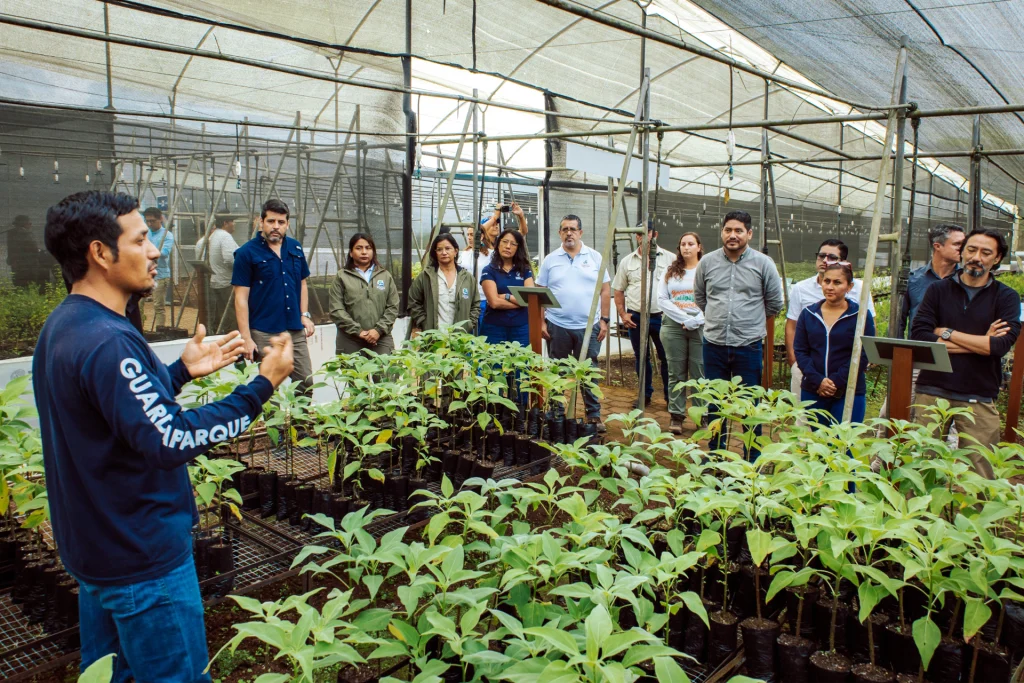- Cutaneous: Slow infection that results in nodules of various sizes.
- Diphtheric: Lesions in the digestive or respiratory tracts.
- Sepicemic: A severe infection that can cause death.
Galapagos Conservancy funded a research project to better understand and combat avian pox in March 2022. This study had two purposes: it was to determine the extent of avian disease in birds, specifically Finches, and assess the impact of this disease on Finches’ survival on Santa Cruz Island.
The study was conducted by Diana Loyola (a Galapagos Conservancy conservation grantee), Loyola’s team captured 3,108 birds from 11 species at 17 locations on Santa Cruz Island. There were many bird species that were captured, including nearly all the Finch species on the island. The Small Ground Finch (), which was the most infected, had the highest numbers.
Loyola and her colleagues calculated the prevalence of avian Pox over several months. Loyola and her team found a prevalence of avian pox of 7% in April and a prevalence rate of 6% in May and June. This does not mean that there is a significant variation in the infection rates. This confirms the findings of other studies (Jimenez -Uzcategui, 2007; Kleindorfer, & Dudaniec 2006), that fowl pox is possible in any season. The number of fowl-pox vectors (moths) that are present in warm weather can make it more difficult for birds to be affected and increase the risk of getting infected.
Avail pox was also assessed for its effect on survival. This required the difficult task of recapturing birds. Loyola states that there is no doubt that the virus has a negative effect on bird survival.
Apart from existing research on avian Pox, Dr. Jorge Carrion is the Conservation Director at Galapagos Conservancy with Conservando Galapagos. He said that this research is crucial for determining the conditions that favor the spread of the disease and recommending management strategies to stop it spreading.
The transmission of avian pox between birds can occur through skin contact and from bites by virus-infected mosquitoes. Transmission of disease is more likely during mosquito breeding season (Gerlach 1999). Galapagos Conservancy would like to congratulate Diana Loyola, her team and their hard work on the field. They also contributed in controlling avian pox. Dr. Carrion stated that “if we want to ensure our survival and the survival of all living things, we must be active in protecting our planet.”



